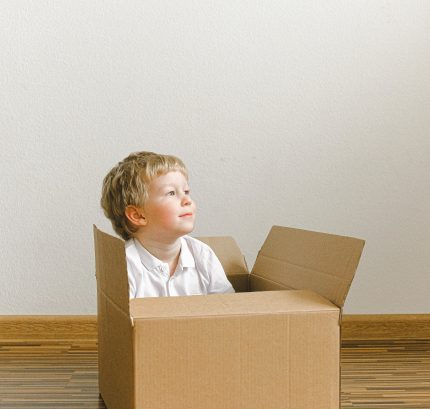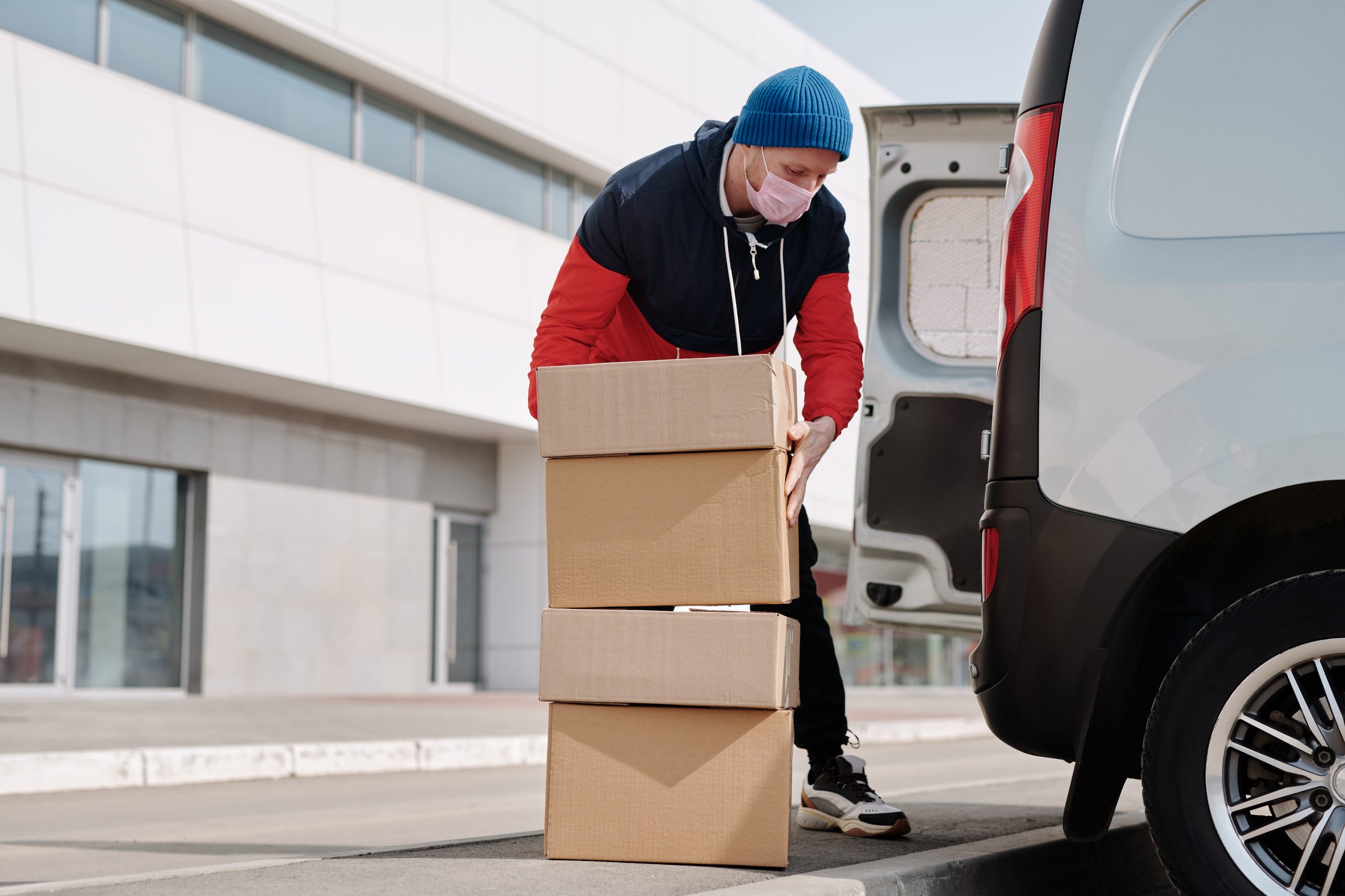With travel restrictions and social distancing in place, many people are postponing their moving plans. Governments are assisting by suspending eviction processes during this time.
Are you wondering if you can move during the COVID-19 outbreak?
Move.org has put together a list of frequently asked questions to help you understand how the pandemic affects moving.
Should I move during COVID-19?
While you may be allowed to move during COVID-19, that doesn’t mean it’s always in your best interest—or in the best interest of others.
Here are consider six things before moving:
- Is COVID-19 spreading in the area where you’re going?
- Will you or your travel companion(s) be in close contact with others during your trip?
- Are you or your travel companion(s) more likely to get severe illness if you get COVID-19?
- Do you have a plan for taking time off from work or school, in case you are told to stay home for 14 days for self-monitoring or if you get sick with COVID-19?
- Do you live with someone who is older or has a serious, chronic medical condition?
- Is COVID-19 spreading where I live when I return from travel?
If you can’t postpone your move, these same questions can help you plan your relocation to be as safe as possible.





